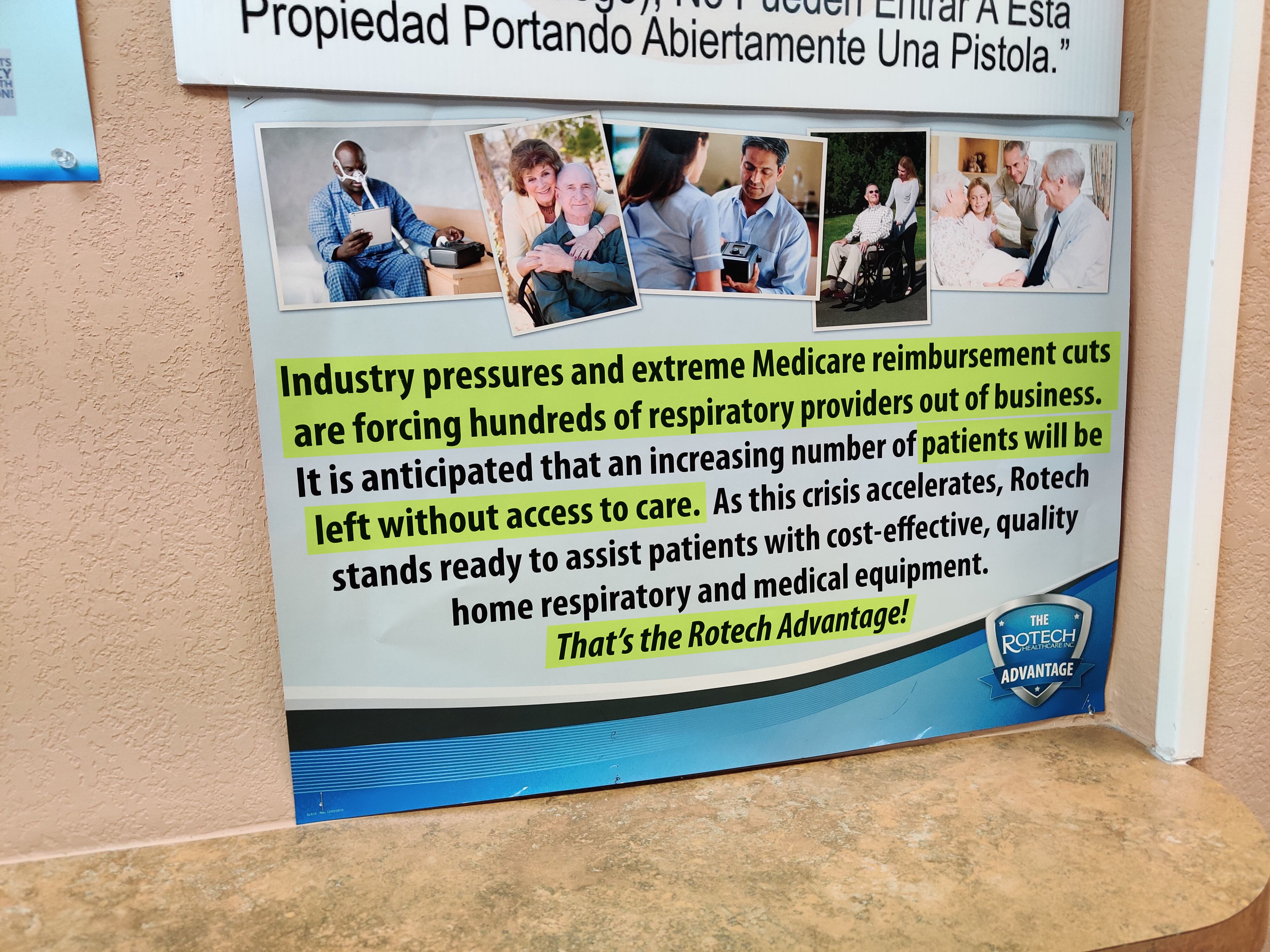Health - Resources and discussion for everything health-related
2553 readers
323 users here now
Health: physical and mental, individual and public.
Discussions, issues, resources, news, everything.
See the pinned post for a long list of other communities dedicated to health or specific diagnoses. The list is continuously updated.
Nothing here shall be taken as medical or any other kind of professional advice.
Commercial advertising is considered spam and not allowed. If you're not sure, contact mods to ask beforehand.
Linked videos without original description context by OP to initiate healthy, constructive discussions will be removed.
Regular rules of lemmy.world apply. Be civil.
founded 2 years ago
MODERATORS
26
27
28
29
30
31
32
33
99
Measles cases reported in Texas as vaccine rate against the disease has fallen
(www.texastribune.org)
34
35
36
37
38
39
40
41
42
43
44
45
46
47
37
Study uncovers distinct blood protein signature in children with Long COVID
(www.news-medical.net)
48
49
11
Anti-vaccine bills pop up across the US ahead of RFK Jr’s confirmation hearing
(www.independent.co.uk)
50
